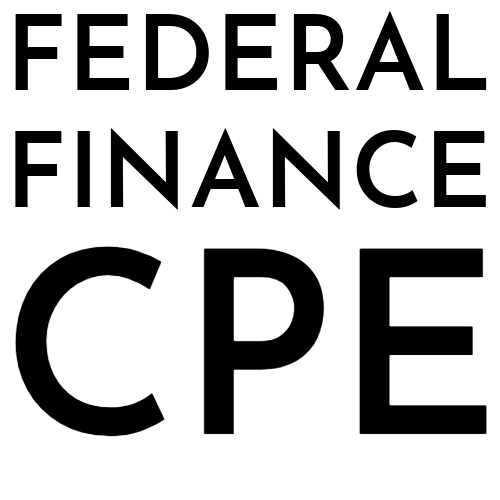The Basics Everyone in Federal Finance Should Know
Have obligation accounts confused you? Not sure how to track your budget once the contract is signed? Or are you curious and want to understand more of the Federal Budget? Well, I will give you the down-and-dirty way to understand the obligation accounts and how to use them.
What is an Obligation?
A definite commitment that creates a legal liability of the government for the payment of goods and services ordered or received.
The Four Types of Obligation Accounts
We classify obligations using four different accounts that track whether the goods have been delivered and whether they have been paid for:
- 480100: Undelivered Orders Obligations, Unpaid
- 480200: Undelivered Orders Obligations, Prepaid/Advanced
- 490100: Delivered Orders Obligations, Unpaid
- 490200: Delivered Orders Obligations, Paid
The Two Key Questions
When working with obligations, you only need to answer two simple questions:
- Was the good or service delivered, or is it undelivered/yet to be provided?
- Have I paid for it or not?

Real-World Example: Planning a Party
Let me break this down with a simple example that everyone can relate to. Imagine planning a party and hiring a musician:
Stage 1: Contract Signing
When you sign the contract with your musician but have yet to pay or receive services, you have an undelivered, unpaid obligation (480100).
Stage 2: Down Payment
When you make a down payment for travel expenses, you now have an undelivered order that's partially paid – an advance or prepayment (480200).
Stage 3: Party Day
After the performance, but before final payment, you have a delivered order that's partially unpaid (490100).
Stage 4: Final Payment
Once you've sent the final payment, your obligation is delivered and paid (490200).
The Bottom Line
Only some obligations will flow through all four accounts, but determining which account to use is always the same. Just remember those two key questions:
- Have I paid for it?
- Have I received it?
With these two simple pieces of information, you'll always know which obligation account to use.
